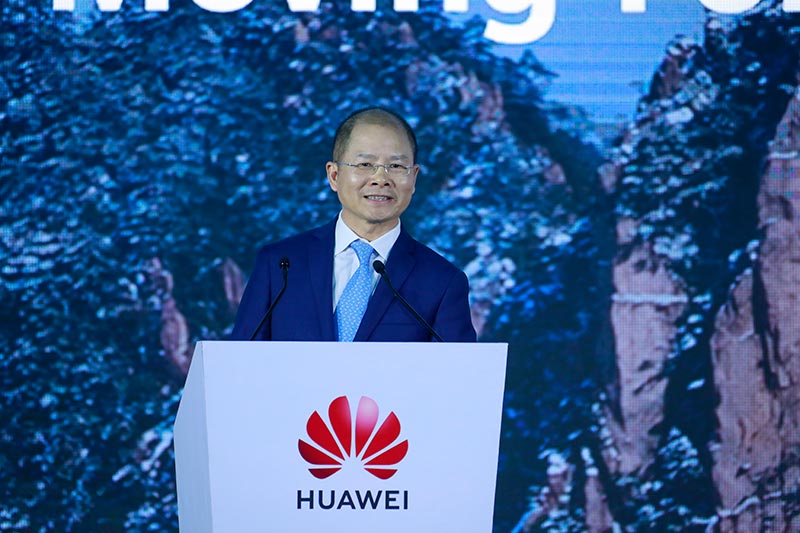
Huawei: Optimizing portfolio to boost business resilience and navigate a challenging environment
Huawei held its 18th Global Analyst Summit in Shenzhen recently. More than 400 guests, including industry and financial analysts, key opinion leaders, and media representatives joined the event on-site, along with analysts and media representatives from around the world who attended online.
Eric Xu, Huawei’s Rotating Chairman, shared the company’s business performance in 2020 as well as five strategic initiatives moving forward. According to Mr. Xu, Huawei will:

- Optimize its portfolio to boost business resilience. As part of these efforts, Huawei will strengthen its software capabilities and invest more in businesses that are less reliant on advanced process techniques, as well as in components for intelligent vehicles.
- Maximize 5G value and define 5.5G with industry peers to drive the evolution of mobile communications.
- Provide a seamless, user-centric, and intelligent experience across all user scenarios.
- Innovate to reduce energy consumption for a low-carbon world.
- Address supply continuity challenges.
“Rebuilding trust and restoring collaboration across the global semiconductor supply chain is crucial to bringing the industry back on track,” stressed Eric Xu.
“Moving forward, we will continue to find ourselves in a complex and volatile global environment. Resurgence of COVID-19 and geopolitical uncertainty will present ongoing challenges for every organization, business, and country. We believe deeply in the power of digital technology to provide fresh solutions to the problems we all face. So we will keep innovating and driving digital transformation forward with our customers and partners to bring digital to every person, home and organization for a fully connected, intelligent world.”
William Xu, Director of the Board and President of Huawei’s Institute of Strategic Research, began his keynote by discussing challenges that will affect social well-being over the next decade, including ageing populations and increasingly high energy consumption. He followed with Huawei’s outlook on the intelligent world of 2030, including nine technological challenges and proposed directions for research efforts. These include:
- Defining 5.5G to support hundreds of billions of different kinds of connections
- Developing nanoscale optics for an exponential increase in fiber capacity
- Optimizing network protocols to connect all things
- Providing advanced computing power strong enough to support the intelligent world
- Extracting knowledge from massive amounts of data to drive breakthroughs in industrial AI
- Going beyond von Neumann architecture for 100x denser storage systems
- Combining computing and sensing for a hyper-reality, multi-modal experience
- Enabling people to more proactively manage their health through continuous self-monitoring of personal vital signs
- Building an intelligent Internet of Energy for the generation, storage, and consumption of greener electricity
“In the decade to come,” said William Xu, “we can expect to see many great improvements in society. To promote these efforts, we hope to join forces with different industries, academia, research institutes, and application developers to address the universal challenges facing humanity. With a shared vision, we all have a role to play as we explore how to make connections stronger, computing faster, and energy greener. Together, let’s march ahead towards an Intelligent World in 2030.”
The first Huawei Global Analyst Summit took place in 2004, and has been held annually ever since. This year’s summit, “Building a Fully Connected, Intelligent World”, runs from April 12 to 14, with a number of breakout sessions where industry experts from around the world can share their unique insights and discuss future trends.




